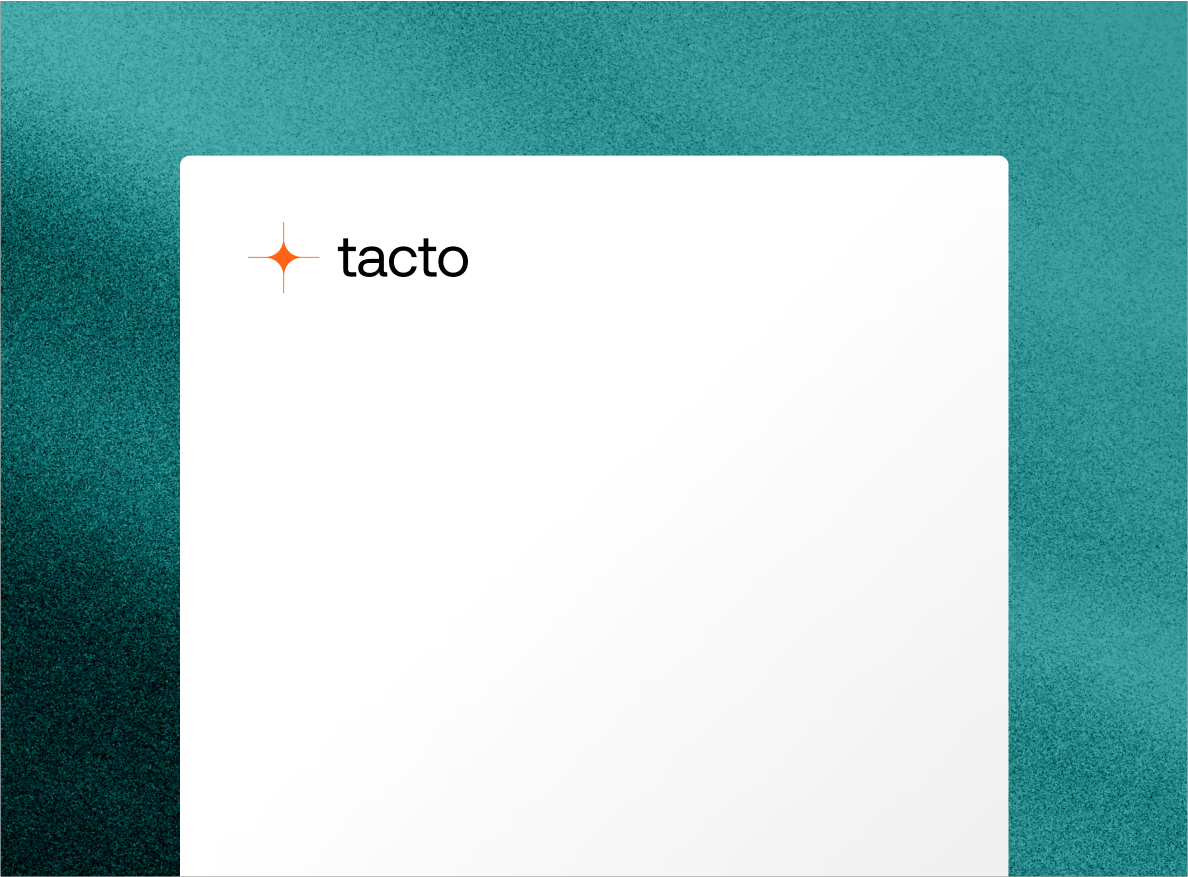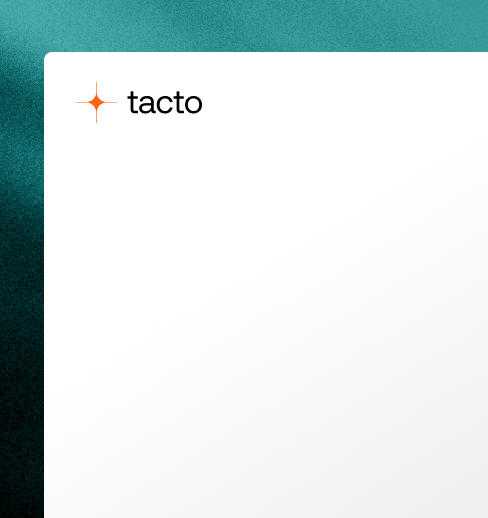Procurement Glossary
Purchasing budget: definition & important aspects for buyers
A well thought-out procurement budget creates financial transparency and enables companies to plan and manage their procurement expenditure effectively. This structured overview shows you how to develop an effective budget and use it to strategically achieve your purchasing goals.
Shopping budget in a nutshell:
A purchasing budget is the predetermined financial framework for procurement activities within a defined period. For Procurement , it serves as a strategic management tool for planning, controlling and optimizing procurement expenditure.
Example: A medium-sized production company plans a purchasing budget of EUR 2.5 million for 2024, divided into EUR 1.8 million for direct materials and EUR 700,000 for indirect materials, with quarterly budget reviews to adapt to market changes.
Shopping budget - an overview
The purchasing budget is an essential planning tool in modern corporate management. It defines the financial framework for all of a company's procurement activities and serves as the basis for efficient cost control and strategic purchasing planning. Systematic budgeting in Procurement enables companies to make optimum use of their resources and at the same time ensure the cost-effectiveness of their procurement processes. This guide highlights the most important aspects of procurement budgeting, from strategic planning and operational implementation to performance monitoring and optimization of budget processes.
What is a shopping budget?
A purchasing budget is the planned financial sum available to a company or department for the purchase of goods and services within a certain period of time. It serves as a financial framework for controlling expenditure, using resources efficiently and achieving financial targets. The purchasing budget is a central tool in procurement planning and helps to plan costs and minimize unexpected expenses.
Core elements of the purchasing budget
Importance of the purchasing budget in the procurement process
A carefully planned purchasing budget is essential for companies to ensure financial stability and operational efficiency. In the procurement process, it enables buyers to control costs, select suppliers in a targeted manner and conduct price negotiations more effectively. It also supports compliance with corporate objectives and promotes the responsible use of available funds.
Purchasing budget: From manual planning to real-time budget control
The purchasing budget forms the basis for efficient financial management in procurement. Traditionally, budgets have been planned and monitored manually, but these methods are reaching their limits in a dynamic business environment. The need to track spend in real time and respond flexibly to market changes requires a shift towards modern approaches. By using digital tools, the purchasing budget can be managed more effectively and financial risks proactively countered.
Old: Manual budget planning
Traditional approach: In manual budgeting, expenses and budgets are often recorded using spreadsheets and paper documents. Buyers regularly update Excel spreadsheets to keep track of spending. This process is time-consuming and prone to errors. It also lacks the ability to track spending in real time, which leads to delays in identifying budget overruns. Decision-making processes are often based on outdated data, and manual reconciliation between departments makes it difficult to allocate resources efficiently.
New: Real-Time Budget Control
Real-time budget control: The use of real-time budget control systems is revolutionizing procurement budgeting. Modern ERP systems integrate budget planning and monitoring seamlessly into the procurement process. All expenditure is automatically recorded and immediately compared with the planned budget. Key innovations such as dashboards, budget deviation alerts and AI-supported forecasts make it possible to react quickly to changes. This leads to increased transparency, improved cost control and more strategic decision-making in Procurement.
Practical example: Introduction at Müller GmbH
Müller GmbH, a leading mechanical engineering company, switched from manual budget planning to a real-time budget control system. Within six months of implementation, the company was able to increase its budget accuracy by 25%. Real-time data enabled the purchasing team to react immediately to overspending and realize potential savings of over 500,000 euros. In addition, the improved transparency led to greater collaboration between Procurement and Finance, supporting the company's strategic direction.
Conclusion on the shopping budget
An effective purchasing budget is the foundation for a successful procurement strategy. It enables companies not only to precisely control their expenditure, but also to strategically align their purchasing activities. Through careful planning, continuous monitoring and flexible adaptation to market changes, companies can make optimal use of their resources and achieve competitive advantages. Increasing digitalization offers new opportunities for even more precise and dynamic budget management.





.png)
.png)
%20%E2%80%93%20Jakob%2C%20Ines.png)
%20%E2%80%93%20Jan%2C%20Jacob.png)
.png)
.png)


.png)
